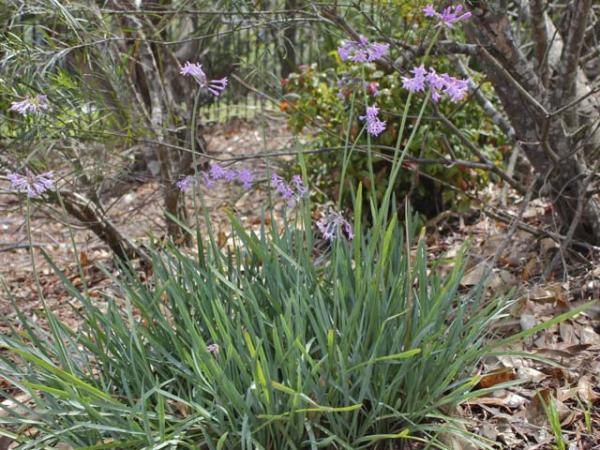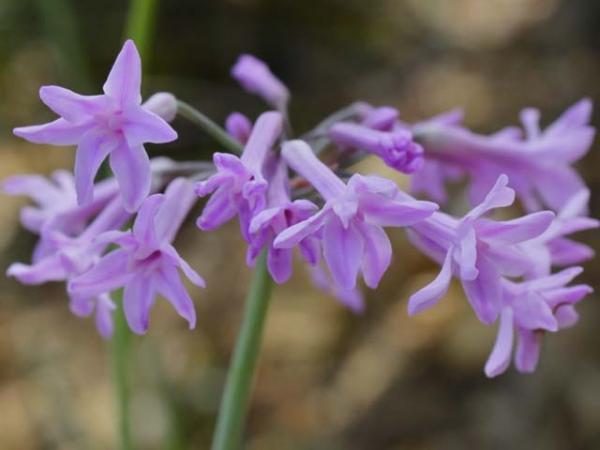Array
(
[0] => Array
(
[id] => 521
[is_published] => 1
[websiteID] => 5
[url] => /gardening/attracting-fauna-to-your-garden.php
[page_status] => Published
[number_of_ads] => 3
[can_use_editor] => 1
[last_modified_date] => 2013-09-16 00:00:00
[last_modified_by] => Alan
[checked_for_duplicate_content] =>
[title] => Attracting fauna to your garden
[heading] => Attracting fauna to your garden
[meta_description] => This article explains how you can attract native australian wildlife to your garden.
[article_category_1] => Gardening
[article_category_2] =>
[article_category_3] =>
[article_category_4] =>
[article_category_5] =>
[business_category_1] => Landscaper
[business_category_2] => Garden Maintenance
[business_category_3] => Garden Supplies
[business_category_4] => Garden Designer
[business_category_5] => Garden Tools
[number_of_google_mrecs] =>
[show_google_ad_bottom_of_page] =>
[show_get_quotes_top_of_page] =>
[show_get_quotes_rhs_of_page] =>
[show_directory_search_widget] =>
[show_trending_content_widget] =>
[show_facebook_widget] =>
[show_further_reading_section] => 1
[show_sponsors_section] => 0
[show_top_article_ad] => 1
)
[1] => Array
(
[id] => 410
[is_published] => 1
[websiteID] => 5
[url] => /articles/external-privacy-screens.php
[page_status] => Published
[number_of_ads] => 2
[can_use_editor] => 1
[last_modified_date] => 2013-09-10 00:00:00
[last_modified_by] => Alan
[checked_for_duplicate_content] =>
[title] => External privacy screens
[heading] => External privacy screens
[meta_description] => External privacy screens began to appear in Australian residential and commercial building during the 1950's and 1960's, as a direct result of high density living and higher incomes. For more information and some examples read this article.
[article_category_1] => Landscaping
[article_category_2] =>
[article_category_3] =>
[article_category_4] =>
[article_category_5] =>
[business_category_1] => Landscaper
[business_category_2] => Nursery
[business_category_3] => Garden Designer
[business_category_4] => Landscape Architect
[business_category_5] =>
[number_of_google_mrecs] => 1
[show_google_ad_bottom_of_page] => 1
[show_get_quotes_top_of_page] => 1
[show_get_quotes_rhs_of_page] => 1
[show_directory_search_widget] => 1
[show_trending_content_widget] => 1
[show_facebook_widget] => 1
[show_further_reading_section] => 1
[show_sponsors_section] => 1
[show_top_article_ad] => 1
)
[2] => Array
(
[id] => 451
[is_published] => 1
[websiteID] => 5
[url] => /gardening/growing-kangaroo-paws.php
[page_status] => Published
[number_of_ads] => 4
[can_use_editor] => 1
[last_modified_date] => 2013-09-16 00:00:00
[last_modified_by] => Alan
[checked_for_duplicate_content] =>
[title] => Growing kangaroo paws (Anigozanthos) in your garden
[heading] => Growing kangaroo paws (Anigozanthos) in your garden
[meta_description] => Learn how to grow kangaroo paws (Anigozanthos) in your garden. Article written by native gardening expert Angus Stewart.
[article_category_1] => Gardening
[article_category_2] =>
[article_category_3] =>
[article_category_4] =>
[article_category_5] =>
[business_category_1] => Landscaper
[business_category_2] => Nursery
[business_category_3] => Garden Designer
[business_category_4] => Landscape Architect
[business_category_5] =>
[number_of_google_mrecs] => 1
[show_google_ad_bottom_of_page] => 1
[show_get_quotes_top_of_page] => 1
[show_get_quotes_rhs_of_page] => 1
[show_directory_search_widget] => 0
[show_trending_content_widget] => 1
[show_facebook_widget] => 1
[show_further_reading_section] => 1
[show_sponsors_section] => 1
[show_top_article_ad] => 1
)
[3] => Array
(
[id] => 462
[is_published] => 1
[websiteID] => 5
[url] => /gardening/plant-finder/search.php
[page_status] => Published
[number_of_ads] => 3
[can_use_editor] => 0
[last_modified_date] => 2013-10-13 00:00:00
[last_modified_by] => Alan
[checked_for_duplicate_content] =>
[title] => Find a plant for your garden or home
[heading] => Find a plant for your garden or home
[meta_description] => Search for plants and flowers visually, by name, flower colour and other attributes. Search for native plants, edible plants and popular exotics such as roses and petunias.
[article_category_1] => Gardening
[article_category_2] => Landscaping
[article_category_3] =>
[article_category_4] =>
[article_category_5] =>
[business_category_1] => Landscaper
[business_category_2] => Garden Maintenance
[business_category_3] =>
[business_category_4] =>
[business_category_5] =>
[number_of_google_mrecs] => 1
[show_google_ad_bottom_of_page] => 1
[show_get_quotes_top_of_page] => 0
[show_get_quotes_rhs_of_page] => 0
[show_directory_search_widget] => 0
[show_trending_content_widget] => 0
[show_facebook_widget] => 0
[show_further_reading_section] => 0
[show_sponsors_section] => 0
[show_top_article_ad] => 0
)
)
Helpful articles
Attracting fauna to your garden. This article explains how you can attract native australian wildlife to your garden.
External privacy screens. External privacy screens began to appear in Australian residential and commercial building during the 1950's and 1960's, as a direct result of high density living and higher incomes. For more information and some examples read this article.
Growing kangaroo paws (Anigozanthos) in your garden. Learn how to grow kangaroo paws (Anigozanthos) in your garden. Article written by native gardening expert Angus Stewart.
Find a plant for your garden or home. Search for plants and flowers visually, by name, flower colour and other attributes. Search for native plants, edible plants and popular exotics such as roses and petunias.
Plant description
Tulbaghia violaceae is a herbaceous perennial with blue-grey grassy foliage and delicate mauve starry flowers from spring to summer. A very hardy and adaptable plant that will grow in a wide range of conditions, from boggy to dry soil. It will grow in a sunny spot to partial shade. It is good for edging, containers and mass plantings, as well as a pretty specimen plant, and is very low maintenance. It is salt tolerant, so is good for seaside and poolside areas. It will tolerate light frost. It is rarely troubled by pests or diseases.
Tulbaghia will thrive in a moist rich well composted soil, though it will grow and flower in harsher conditions. Feed in spring with a slow release fertiliser. It can be cut back down to the ground, and it will regrow. Native to South Africa.
The leaves can be chopped and used in salads, soups etc to add a subtle garlic flavour.
Propagation is by division of the plant.
Additional plant information
Flowers
Flower colour: mauve
Flowering season: spring summer
Scent
The plant is garlic scented
Plant size
Maximum height: 0.3 metres
Minimum height: not specified
Maximum width: 0.3 metres
Minimum width: not specified
Sunlight, frost & salt tolerance
This plant will tolerate full or partial sunlight.
Medium frost tolerance.
Plant is salt tolerant.
Fauna attracting?
Yes. Attracts: Bees, insects, butterflies, moths.
Climate
This plant species will grow in the following climates: cool, temperate, subtropical, tropical.
Soil types & conditions
Loam: dry, moist, well-drained.
Clay: moist, well-drained.
Sand: moist, well-drained.
Soil pH: 6.5-7.5
Pests
Slugs and snails
Miscellaneous information
Planting season: Any.
Types of fertiliser: Good general purpose fertiliser.
Find a nursery
Search for another plant


